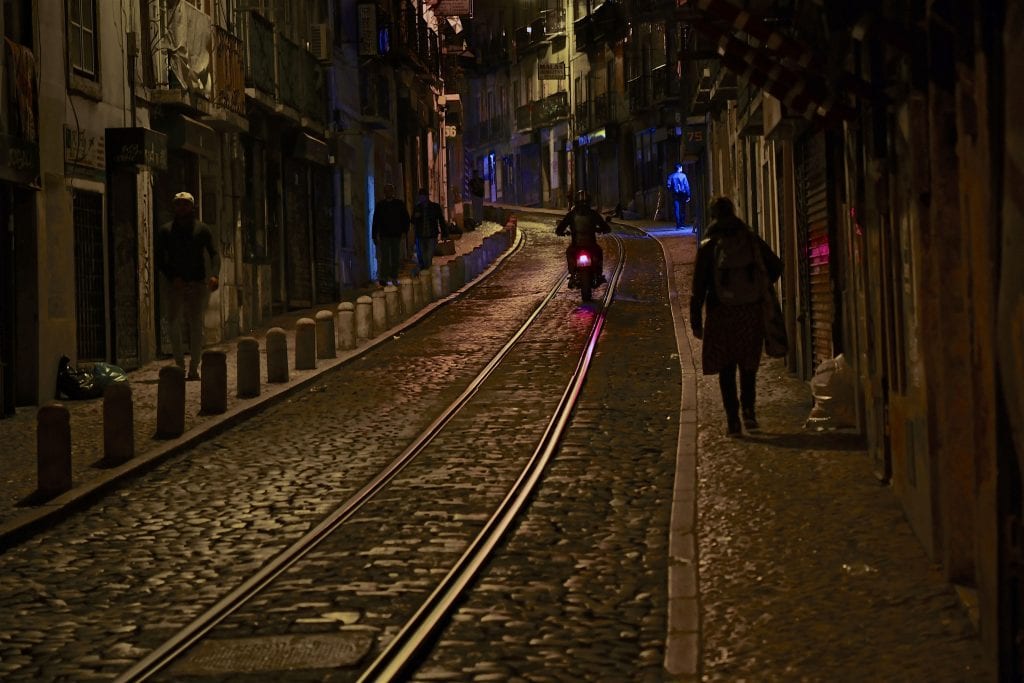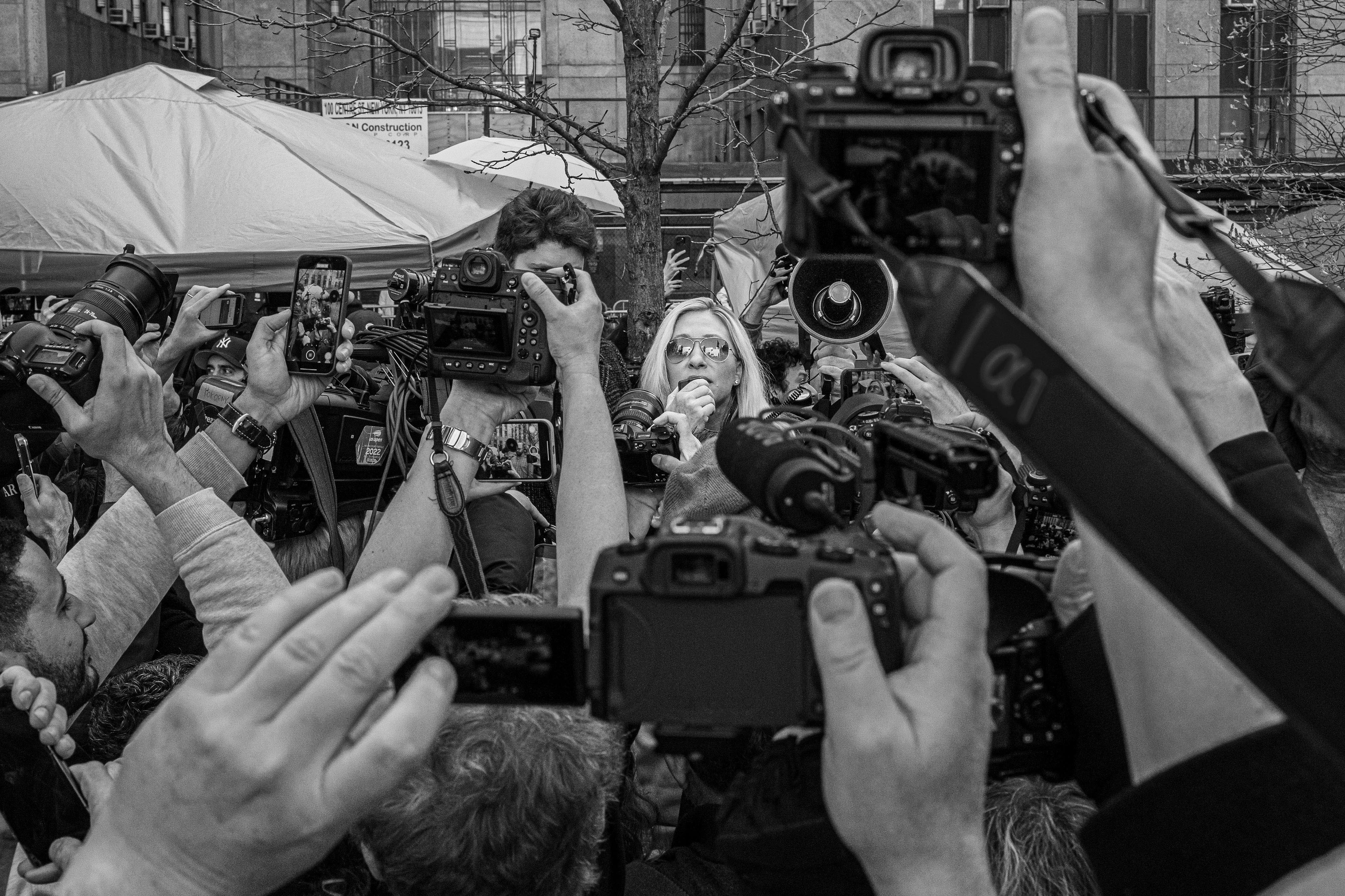Chuck Close is an artist whose unique and consistent artistic vision has made him one of the most important contemporary artists working today. His technique has a lot in common with digital photography, though he has been making his art since long before the first digital cameras existed.
When you study a Chuck Close painting up close, you see individual “pixels” that, when viewed from a distance, look completely different. The sum is greater than the parts.



Close often works from photographs he takes himself and his images consist of small, individual pixel-like paintings, which when viewed from a far enough distance, take on a whole new meaning. The sum of the rectangular “pixels” tells a very different story than that of each individual one.
It is his process that makes Close’s work analogous to my point for taking on a project or a theme. When you take on a project, you strive to make each image as strong as it can be.
By the way, in a New York Street Photography Workshop I teach with the talented Mr. Zack Arias, he tells the class how Chuck Close saved his life…
It was the quote below that reminded him that whatever funk he was fighting as an artist, the way to fight past it was to just do work.
“Inspiration is for amateurs — the rest of us just show up and get to work. And the belief that things will grow out of the activity itself and that you will — through work — bump into other possibilities and kick open other doors that you would never have dreamt of if you were just sitting around looking for a great “art idea”. And the belief that process, in a sense, is liberating and that you don’t have to reinvent the wheel every day. Today, you know what you’ll do, you could be doing what you were doing yesterday, and tomorrow you are gonna do what you did today, and at least for a certain period of time you can just work. If you hang in there, you will get somewhere.”
The challenge of creating a set of pictures is to make each piece strong on its own, yet when put together in a very deliberate way, the message communicated is often bigger, more powerful, and more complex than any individual piece could convey by itself. The sum is greater than the parts.
Many of your best ideas can come from your own life. Personal experience and exploring your own connections often yield some of the best and most rewarding stories.
One of the great things about working on a project is that it’s very personal. A mantra I’m always repeating is one attributed to the great documentarian Diane Arbus who said something like “the more personal you make it, the more universal it becomes.”
It’s a powerful and liberating thought.
It lets you be selfish and follow your own curiosity. Photography is a universal language, and the more you are willing to share of yourself, the more your unique fingerprint is applied to the work and the stronger the communicative power of your images — and viewers will respond to it.
I continue to be a student of photography, and one of my workshop teachers was the renowned National Geographic photographer Sam Abell.
If it sounds pretentious to call yourself an artist, then don’t shout it out loud. But you are an artist, and when you go out with your camera, you create. And the more personal your art is, the more motivating, meaningful, and satisfying it becomes.
As you’ll find out in future content here, it’s no mystery that when you go through a volume of work, you learn from your experience and you get better.
More comprehensive coverage yields stronger, deeper, and more interesting work. If your story involves people, for example, they often get more comfortable with you as time goes by, relaxing and letting their guard down to reveal more of themselves for you to capture. Shooting more helps improve your skills and makes you a better photographer. It lets you communicate your vision of the world.
“I have photographed subjects where I had something to say and the difference is…it matters the most. It’s a critical and very consequential difference. If you don’t have anything to say then you’ll force photographs. But if it’s something that you know, love and feel and have lived; and it’s a subject that you want to hold high—for some reason; for your reason—then the photography will not be forced. It will flow forward from you in every important way.”
Sam Abell











